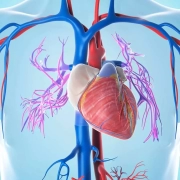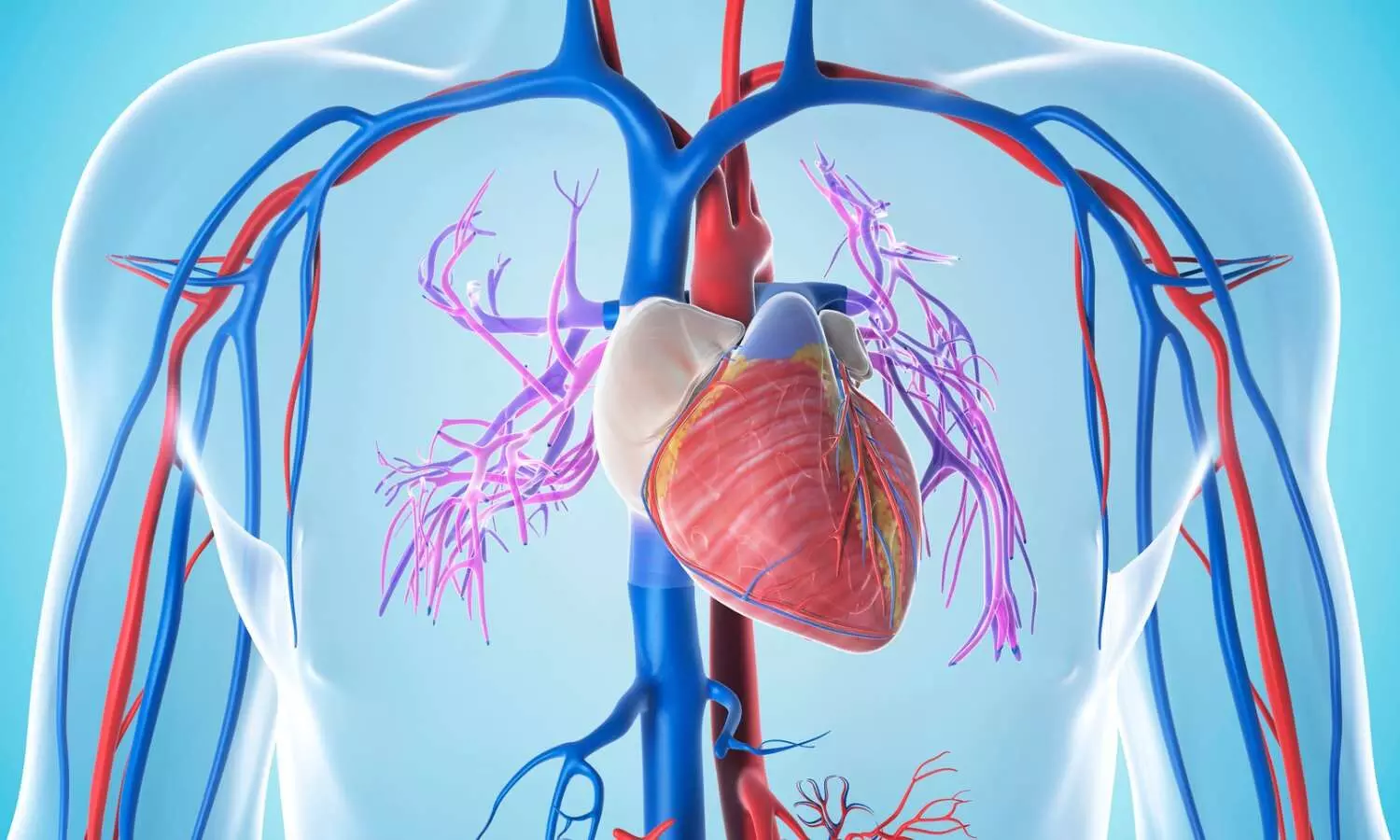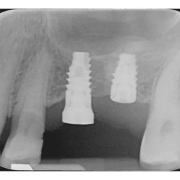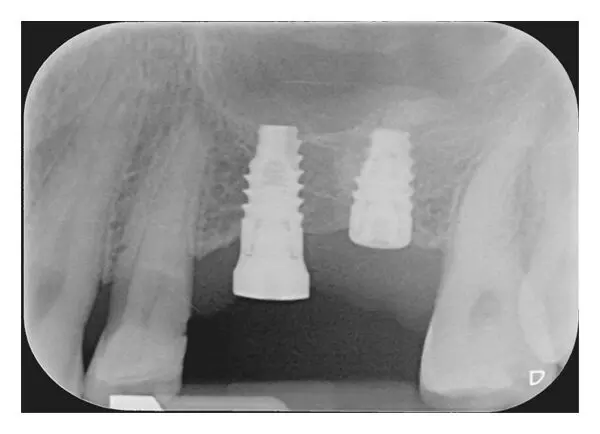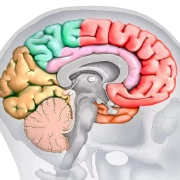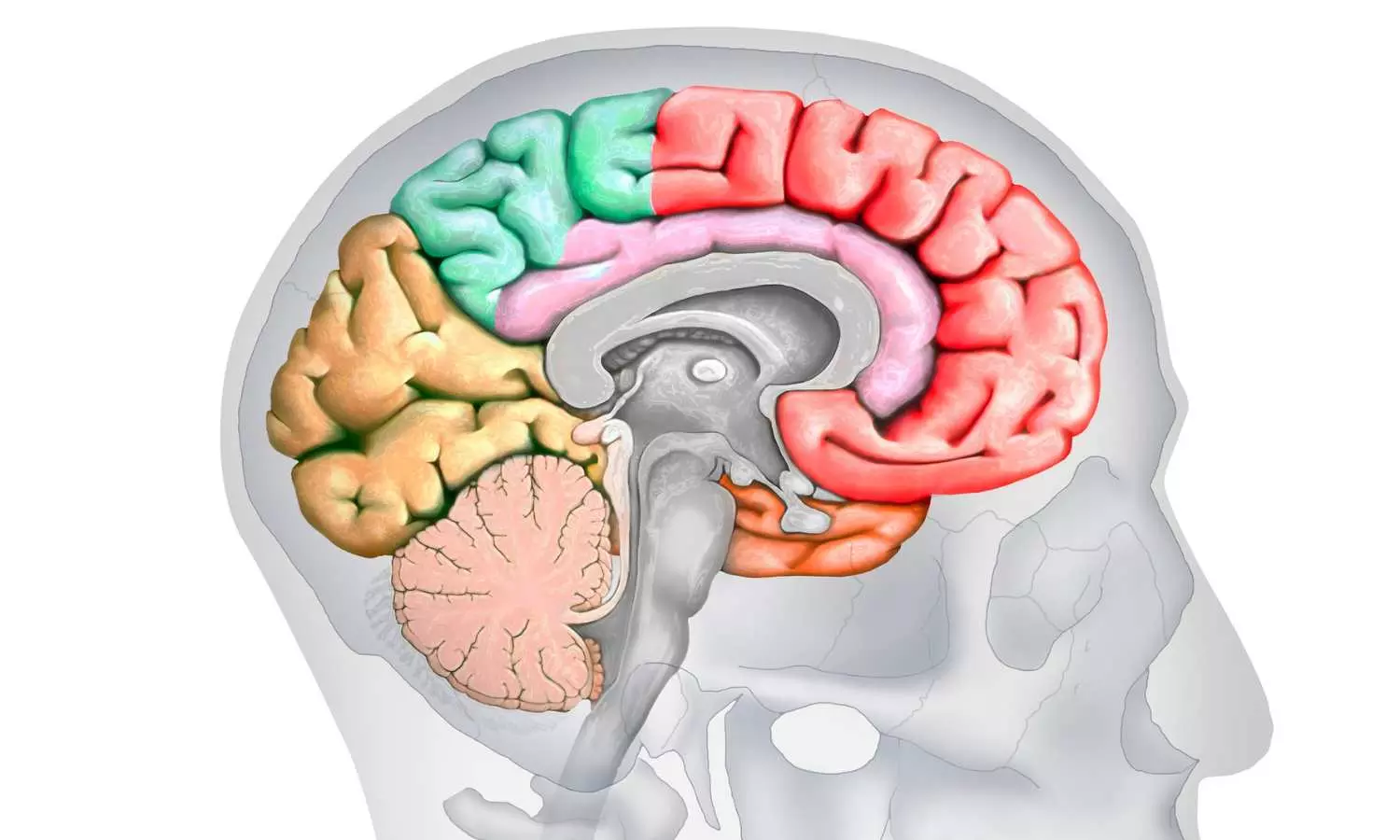NAFLD tied to brain damage in patients with type 2 diabetes without cognitive impairment: Study

China: A recent study has suggested that controlling lipid levels, blood glucose levels, and abdominal obesity may reduce brain damage in patients with type 2 diabetes and non-alcoholic fatty liver disease (NAFLD).
The findings, published in Diabetes, Obesity and Metabolism, provide novel insights into neuroimaging correlates for underlying pathophysiological processes inducing brain damage in patients with type 2 diabetes (T2D) with NAFLD.
T2D and NAFLD are the two most prevalent metabolic dysfunction types and have overlapping pathophysiological aspects. There is an increasing incidence of both conditions, posing severe health threats. About 55.5% of type 2 diabetes patients have NAFLD.
Cognitive impairment is a recognizable and clinically significant complication of T2D; however, recently, the neurocognitive implications of NAFLD have garnered significant attention. T2D patients are at 1.5 to 2.5 times higher risk of developing dementia than those without diabetes. NAFLD has been associated with cerebral perfusion, cognitive dysfunction, and brain ageing. However, there is no clarity on whether NAFLD worsens brain damage in T2D patients.
Bing Zhang, Nanjing University, Nanjing, China, and colleagues aimed to investigate the neural static and dynamic intrinsic activity of intra-/inter-network topology among patients with type 2 diabetes with NAFLD and those without NAFLD (T2NAFLD group and T2noNAFLD group, respectively) and to evaluate the relationship with metabolism.
The study included fifty-six patients with T2NAFLD, 78 with T2noNAFLD, and 55 healthy controls (HCs). Participants had normal cognition and underwent clinical measurements, functional magnetic resonance imaging (MRI) scans, and local cognition evaluation. Static functional network connectivity, frequency spectrum parameters, and temporal properties of dynamic functional network connectivity were identified using independent component analysis.
The study led to the following findings:
- T2NAFLD patients had more disordered glucose and lipid metabolism, had more severe insulin resistance, and were more obese than T2noNAFLD patients
- Type 2 diabetes patients exhibited disrupted brain function, as evidenced by alterations in intra-/inter-network topology, even without clinically measurable cognitive impairment.
- T2NAFLD patients had more significant reductions in the frequency spectrum parameters of cognitive executive and visual networks than those with T2noNAFLD.
- Altered brain function in T2D patients was correlated with postprandial glucose, high-density lipoprotein cholesterol, and waist-hip ratio.
“Our study indicates the presence of brain function disruption before the clinically measurable cognitive in T2D patients, and T2NAFLD worsens intra-network rather than inter-network disruption,” the researchers wrote. “Therefore, the impact of T2NAFLD is less extensive for cognitively normal T2D patients.
“Brain alterations were related to dysregulated lipid metabolism, hyperglycaemia, and waist-hip ratio (WHR); therefore, controlling lipid and blood glucose levels and abdominal obesity may potentially reduce the brain damage in these patients,” they concluded.
Reference:
Li, Xin, et al. “Non-alcoholic Fatty Liver Disease Is Associated With Brain Function Disruption in Type 2 Diabetes Patients Without Cognitive Impairment.” Diabetes, Obesity & Metabolism, 2023.
Powered by WPeMatico




